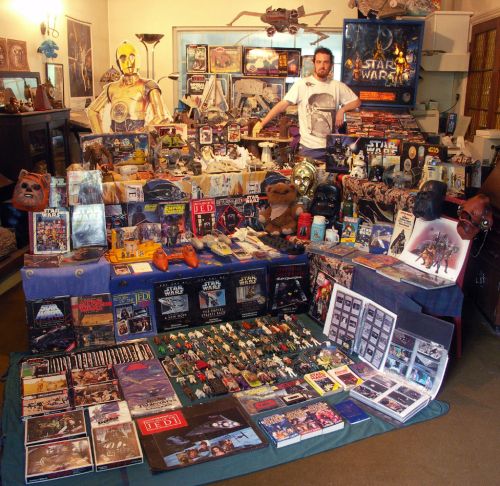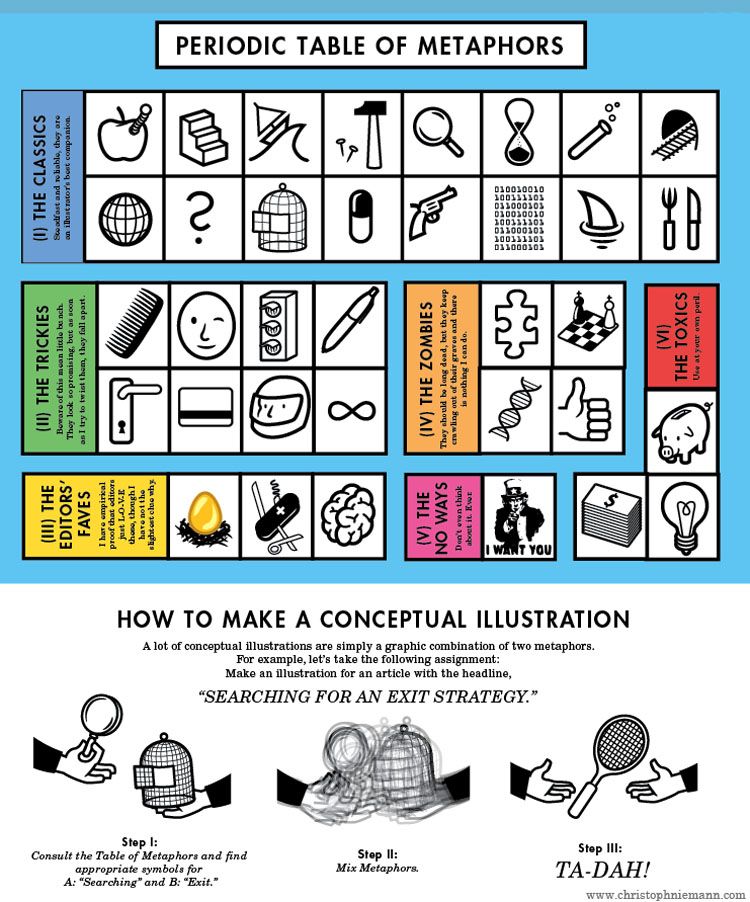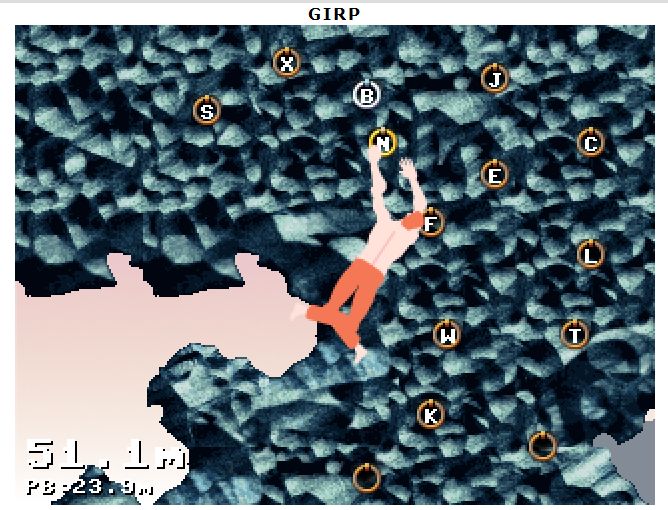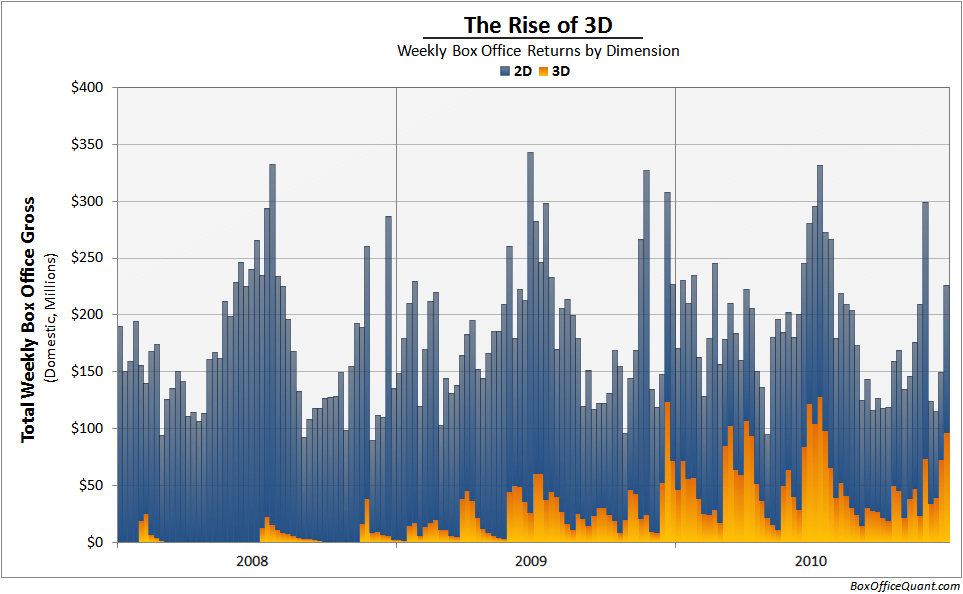(Originally sent March 2009)
Video
The joy of cultural differences – Indian Superman (sound essential for when they get to the musical number):
(Note that their superman does not wear red pants on the outside – clearly they thought that would just be silly)
Link
A link to the non-text bit of another video, also showing the joy of cultural differences – a hard-hitting realistic portrayal of modern warfare featuring large-headed anthropomorphised animals, with a dramatically incongruous title:
http://www.youtube.com/watch?v=Gr4QBZfjtqs
[Video has been removed – try this link and make a cup of tea or something while the 90s pre-roll advert happens – T.M. 16/4/11]
[That video was removed too, try this search on Youtube – T.M. 17/5/22]
Quote
H. G. Wells: “History is the race between education and catastrophe.”
Last Week’s Puzzle
Last week I asked how much longer a string stretched around the earth’s equator would need to be if it were to be raised by one meter (or indeed metre). Since the circumference of a circle is 2*pi*r, the new circumference would be 2*pi*(r+1) = 2*pi*r + 2*pi*1, i.e. 2*pi longer – under 7 metres.
This is counterintuitive since it seems very small, and it also doesn’t depend on what the radius of the earth is. A way to comprehend this intuitively is to imagine a square instead of a circle – to extend a string wrapped around a square of any size by one metre would always need two metres of string to be added at each corner.
Puzzle
This week: pub quiz physics. The most abundant element in the universe is Hydrogen which has 1 proton. The next most abundant is Helium with 2 protons. What is the third most abundant element in the universe?
Picture
Apparently some people didn’t know about my Star Wars collection. Here it is – click to view full size:




